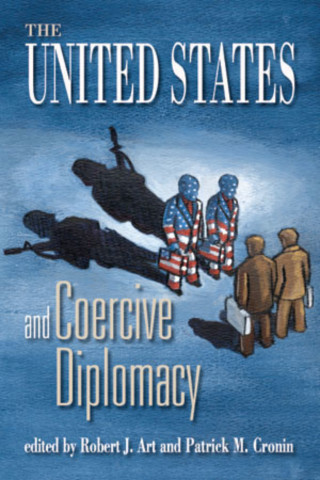Patrick M. Cronin
Patrick M. Cronin is the Asia-Pacific Security Chair at Hudson Institute. Dr. Cronin’s research program analyzes the challenges and opportunities confronting the United States in the Indo-Pacific region, including China’s total competition campaign, the future of the Korean peninsula, and strengthening U.S. alliances and partnerships.
Dr. Cronin was previously senior advisor and senior director of the Asia-Pacific Security Program at the Center for a New American Security (CNAS), and before that, senior director of the Institute for National Strategic Studies (INSS) at the National Defense University, where he simultaneously oversaw the Center for the Study of Chinese Military Affairs.
Dr. Cronin has a rich and diverse background in both Asian-Pacific security and U.S. defense, and foreign and development policy. Prior to leading INSS, Dr. Cronin served as the director of studies at the London-based International Institute for Strategic Studies (IISS). At IISS, he also served as editor of the Adelphi Papers and as the executive director of the Armed Conflict Database. Before joining IISS, Dr. Cronin was senior vice president and director of research at the Center for Strategic and International Studies (CSIS).
In 2001, Dr. Cronin was confirmed by the United States Senate to the third-ranking position at the U.S. Agency for International Development (USAID). While serving as Assistant Administrator for Policy and Program Coordination, Dr. Cronin also led the interagency task force that helped design the Millennium Challenge Corporation (MCC).
From 1998 until 2001, Dr. Cronin served as director of research at the U.S. Institute of Peace. Prior to that, he spent seven years at the National Defense University, first arriving at INSS in 1990 as a senior research professor covering Asian and long-range security issues. He was the founding executive editor of Joint Force Quarterly, and subsequently became both deputy director and director of research at the Institute. He received the Army’s Meritorious Civilian Service Award upon his departure from NDU in 1997.
He has also been a senior analyst at the Center for Naval Analyses, a U.S. Naval Reserve intelligence officer, and an analyst with the Congressional Research Service and SRI International. He was associate editor of Strategic Review and worked as an undergraduate at the Miami Herald and the Fort Lauderdale News.
Dr. Cronin has taught at Georgetown University’s Security Studies Program, Johns Hopkins University’s Paul H. Nitze School of Advanced International Studies (SAIS), and the University of Virginia’s Woodrow Wilson Department of Government.
He read international relations at St. Antony’s College, University of Oxford, where he received both his M.Phil. and D.Phil. degrees, and graduated with high honors from the University of Florida. He regularly publishes essays in leading publications and frequently conducts television and radio interviews.
Author's Books
With increasing frequency, U.S. leaders look to achieve their foreign policy goals by marrying diplomacy to military muscle. Since the end of the Cold War, "coercive diplomacy"—the effort to change the behavior of a target state or group through the threat or limited use of military force—has been used in no fewer than eight cases.
But what, exactly, has the concept of coercive diplomacy meant in recent practice? What are coercive diplomacy's objectives? How does it operate? And how well does it work?
To answer these questions, Robert Art and Patrick Cronin have enlisted a distinguished cast of scholars and practitioners to investigate the record of the past twelve years. Each author focuses on one of coercive diplomacy's recent targets, a remarkably diverse group ranging from North Korea to Serbia to the Taliban, from warlords to terrorists to regional superpowers.
As Robert Art makes clear in a groundbreaking conclusion that will give scholars food for thought and policymakers reason to pause, those results have been mixed at best. Art dissects the uneven performance of coercive diplomacy and explains why it has sometimes worked and why it has more often failed.

